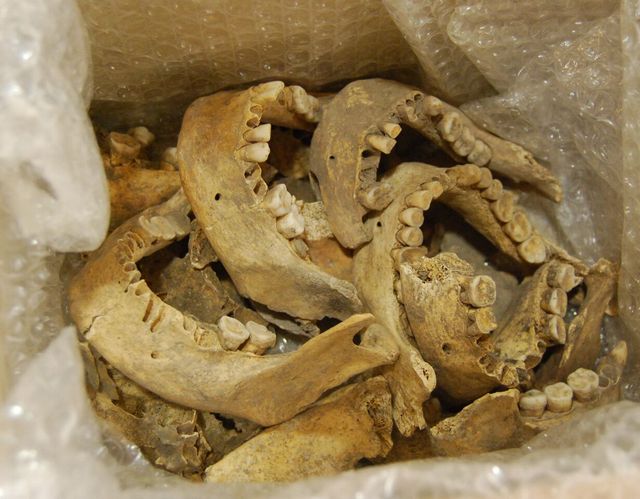Evidence for prehistoric human dismemberment found at Carrowkeel, Ireland
The ancient people of Ireland have provided new insights into the death rites. And they’re a bit disgusting. A little disgusting. The New Zealand University of Otago ‘s Anatomy Department has studied ancient Irish funerals. The results were published in the Bioarchaeology International journal.
Dr. Jonny Geber, the lead author of the new paper, focuses on the Passage Tomb Complex, which is 5,000 years old at Carrowkeel in County Sligo in northwestern Ireland.
This place is one of Europe’s most remarkable ritual landscapes. But despite that, is relatively unknown.

The research team analyzed bones from up to seven passage tombs that included both unburnt and cremated human remains from around 40 individuals. Much remains unknown about these Stone Age people.
Dr. Geber says he and his colleagues determined that the unburnt bone displayed evidence of dismemberment.
“We found indications of cut marks caused by stone tools at the site of tendon and ligament attachments around the major joints, such as the shoulder, elbow, hip, and ankle,” he says.


Dr. Geber says the new evidence suggests that a complex burial rite was undertaken at Carrowkeel, which involved a funerary rite that placed a particular focus on the “deconstruction” of the body.
“This appears to entail the bodies of the dead being ‘processed’ by their kin and community in various ways, including cremation and dismemberment.
It was probably done with the goal to help the souls of the dead to reach the next stages of their existence.”
This study has been able to show that the Carrowkeel complex was most likely a highly significant place in Neolithic society in Ireland and one which allowed for interaction and a spiritual connection with the ancestors.
The evidence suggests that the people of Neolithic Ireland may have shared similar beliefs and ideologies concerning the treatment of the dead with communities beyond the Irish Sea, according to the researchers, Dr. Geber says.
So if an Irish relative proposes dismembering you after death, don’t be offended, they are just following original Irish burial rites. Ick!
